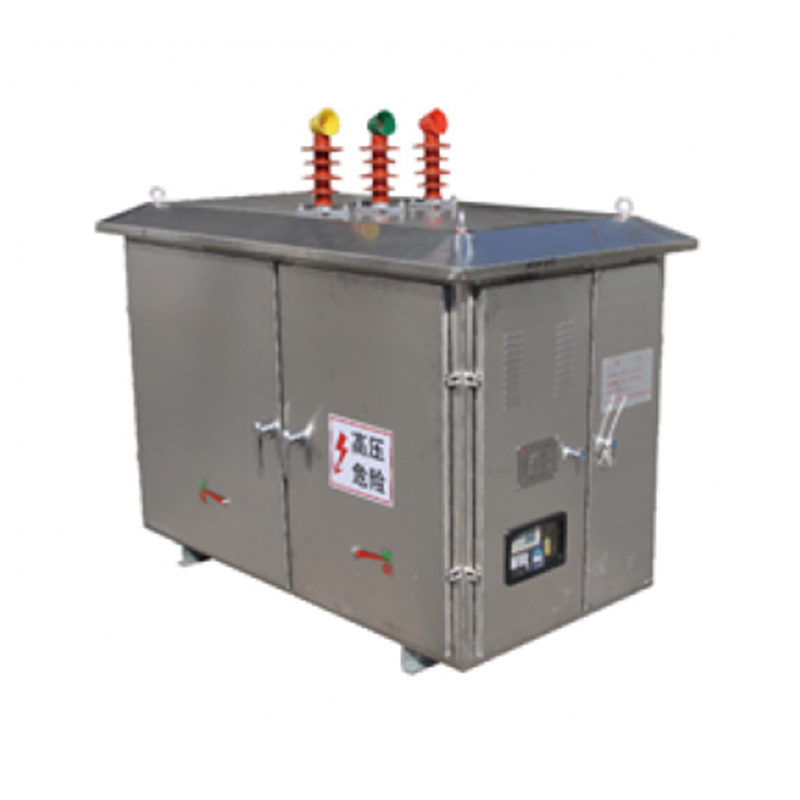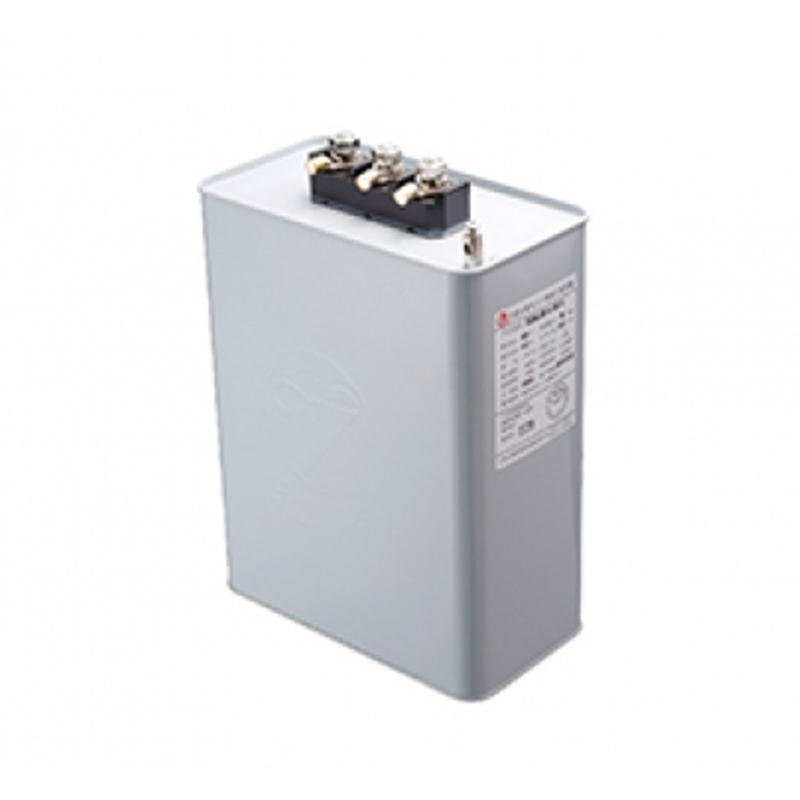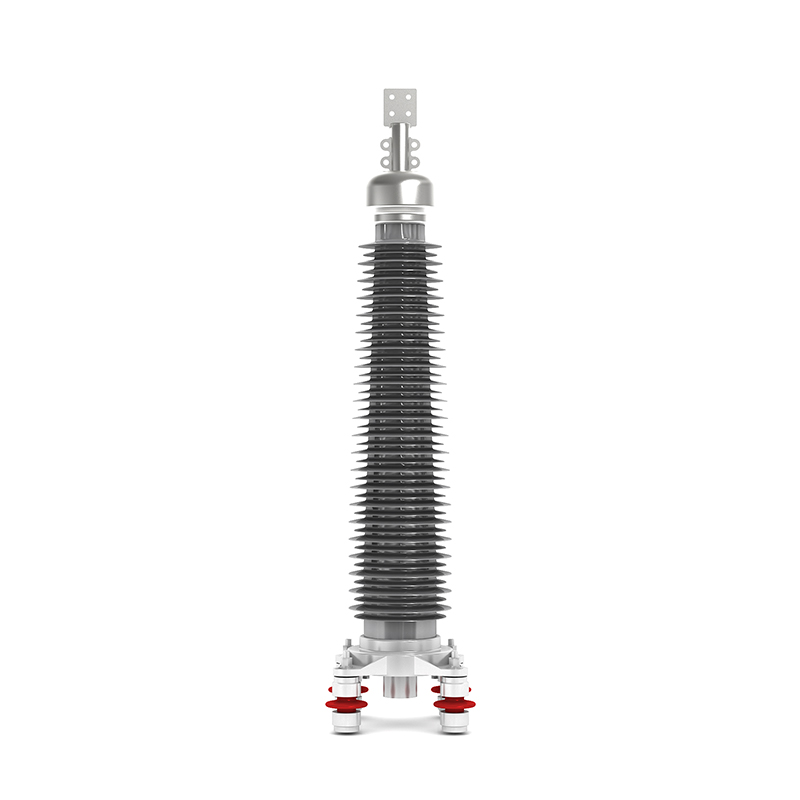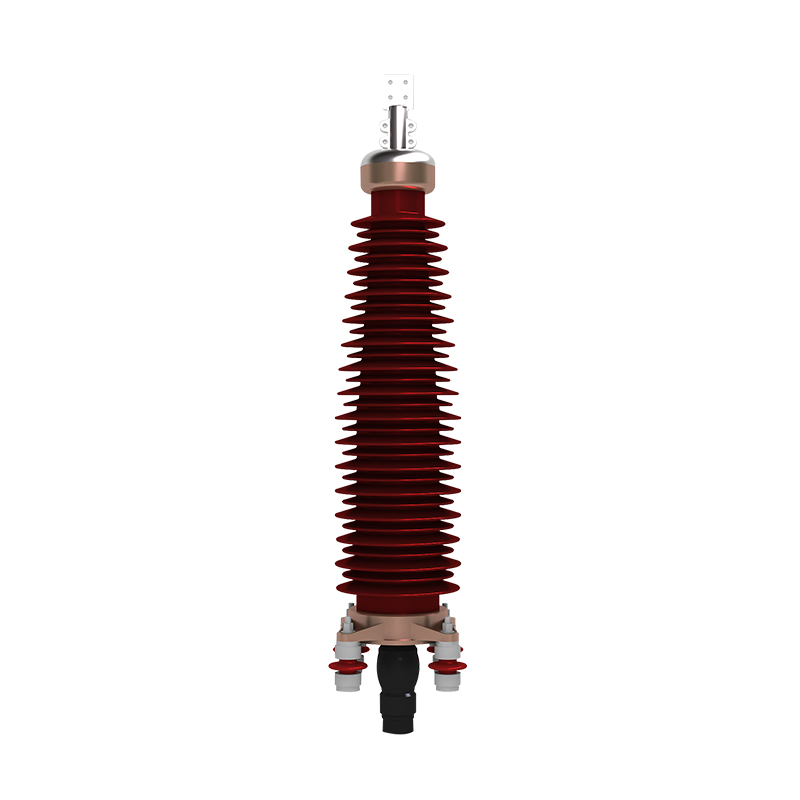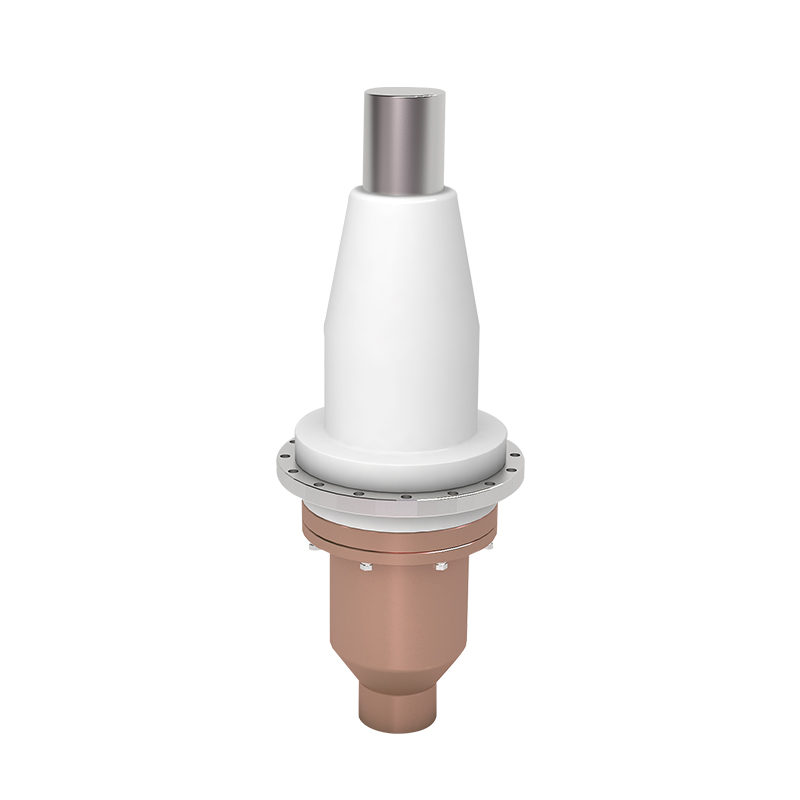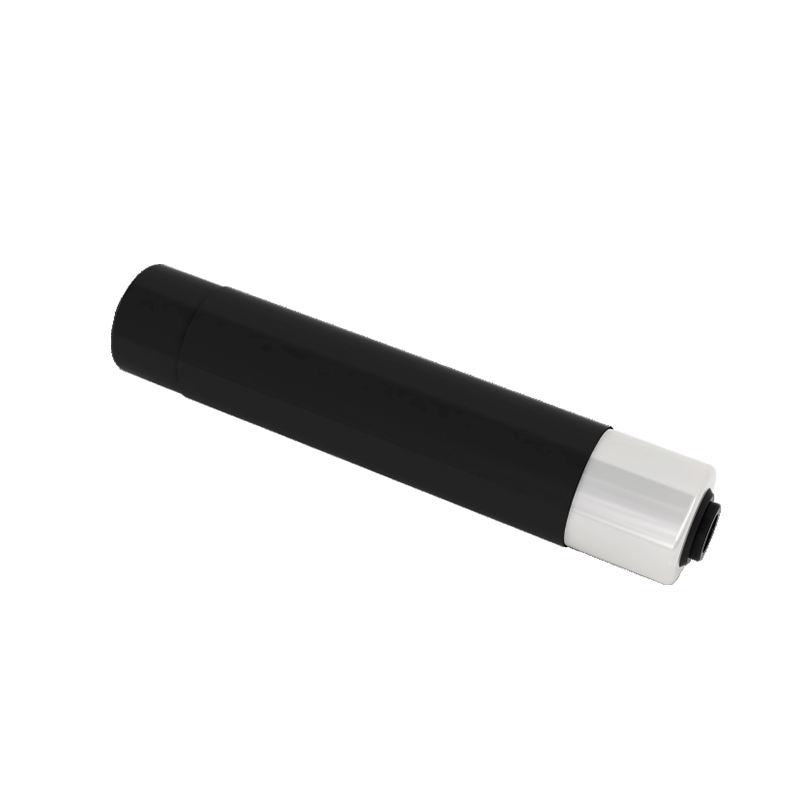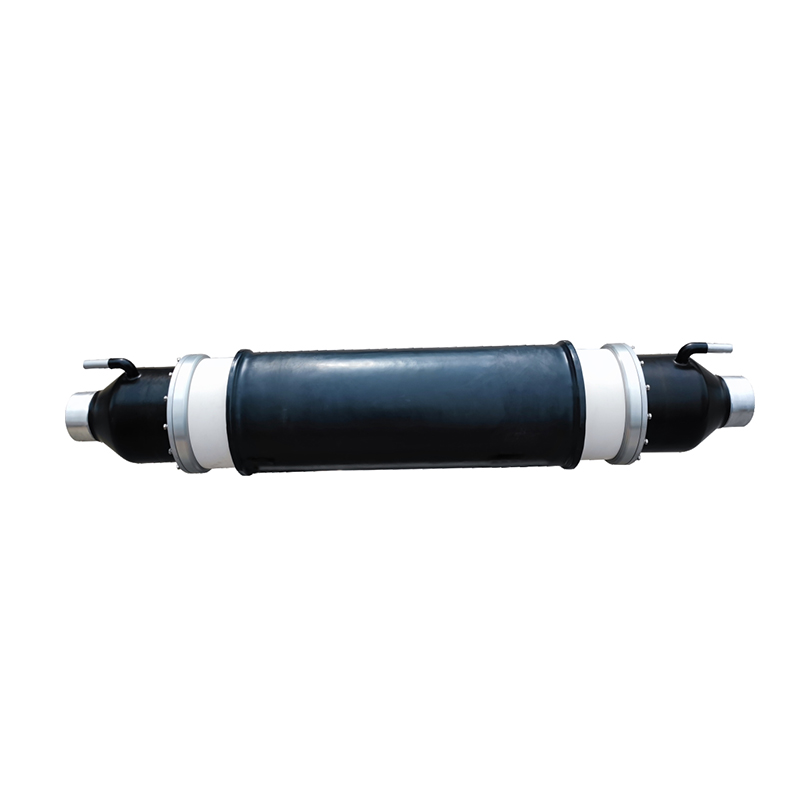The Role of Low Voltage Electrical Cables in Renewable Energy Systems
As nations aim to reduce their carbon footprints and embrace sustainable practices, the importance of efficient electrical infrastructure has become increasingly apparent. Central to this infrastructure are low voltage electrical cables, which play a critical role in connecting renewable energy systems to the grid, ensuring reliable power distribution, and supporting the overall efficiency of energy systems.
Low voltage electrical cables are designed to carry electrical power at lower voltages, typically ranging from 0 to 1,000 volts. They are essential components in various renewable energy applications, including solar, wind, and hydroelectric power systems. These cables facilitate the connection between different elements of a renewable energy system, such as solar panels, inverters, and energy storage units. Without reliable low voltage electrical cables, the entire system's functionality could be compromised.
One significant aspect of low voltage electrical cables is their role in low voltage power lines. These lines serve as the backbone for distributing electricity generated from renewable sources. For example, in a solar power plant, low voltage power lines are used to transport electricity from solar panels to inverters and then onward to the grid. The efficiency of these low voltage power lines directly impacts the overall performance of the renewable energy system. If the cables are not up to standard, energy losses can occur, resulting in decreased efficiency and higher operational costs.
Moreover, low voltage electrical cables are not just confined to power generation; they are also essential in energy consumption settings. For instance, low voltage extension cords are vital in residential and commercial environments that utilize renewable energy sources. Homeowners and businesses often rely on these extension cords to connect their appliances and devices to the power supply generated by solar panels or wind turbines. This accessibility makes renewable energy more user-friendly, allowing people to utilize clean energy without extensive modifications to their existing electrical systems.
As renewable energy technologies continue to evolve, the demand for robust and efficient low voltage electrical cables is set to increase. Innovations in cable design and materials are paving the way for enhanced performance. For example, manufacturers are now producing low voltage electrical cables with improved insulation and higher conductivity, enabling them to handle greater power loads while minimizing energy losses. This evolution is crucial for integrating renewable energy sources into existing power grids, which often rely on older infrastructure that may not be compatible with the demands of modern renewable energy systems.
In the context of solar energy, low voltage power lines are especially important during the installation phase. Proper planning and installation of these lines can prevent potential hazards, such as electrical shocks and system failures. Moreover, regular maintenance of low voltage electrical cables ensures that any wear and tear is addressed before it guides to significant issues. This proactive approach is critical in maintaining the reliability and safety of renewable energy systems.
The versatility of low voltage extension cords cannot be understated either. They not only facilitate the use of renewable energy in homes but also support temporary setups at construction sites, festivals, and other events where portable power is required. This flexibility makes low voltage extension cords indispensable for promoting renewable energy usage in various applications.
As governments around the world push for cleaner energy solutions, the role of low voltage electrical cables will only grow in importance. Policies aimed at increasing the share of renewable energy in national grids will necessitate a robust infrastructure supported by quality low voltage power lines. Furthermore, as technology advances, there will be greater opportunities for integrating smart systems with low voltage electrical cables, enabling real-time monitoring and management of energy consumption.
The transition to renewable energy is not without its challenges. However, the resilience and adaptability of low voltage electrical cables are essential in addressing these challenges. By investing in high-quality cables and infrastructure, stakeholders can ensure that renewable energy systems operate efficiently and effectively.
The low voltage electrical cables are vital to the successful implementation of renewable energy systems. From facilitating the connection between energy generation and consumption to ensuring safety and reliability, these cables are an indispensable part of the renewable energy landscape.
Recommended Products
The variety of models, to meet the development needs of various regions in the world.
-
Add: No. 508, Dongye Road, Dongjing Town, Songjiang District, Shanghai
-
Tel: +86-13757652508
-
E-mail: [email protected]
 English
English 中文简体
中文简体 русский
русский Español
Español عربى
عربى